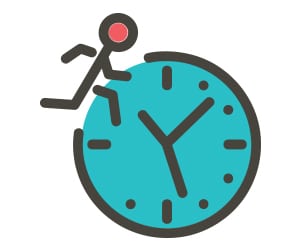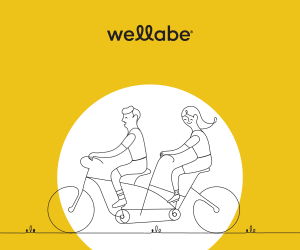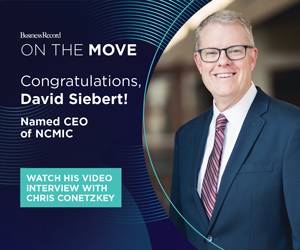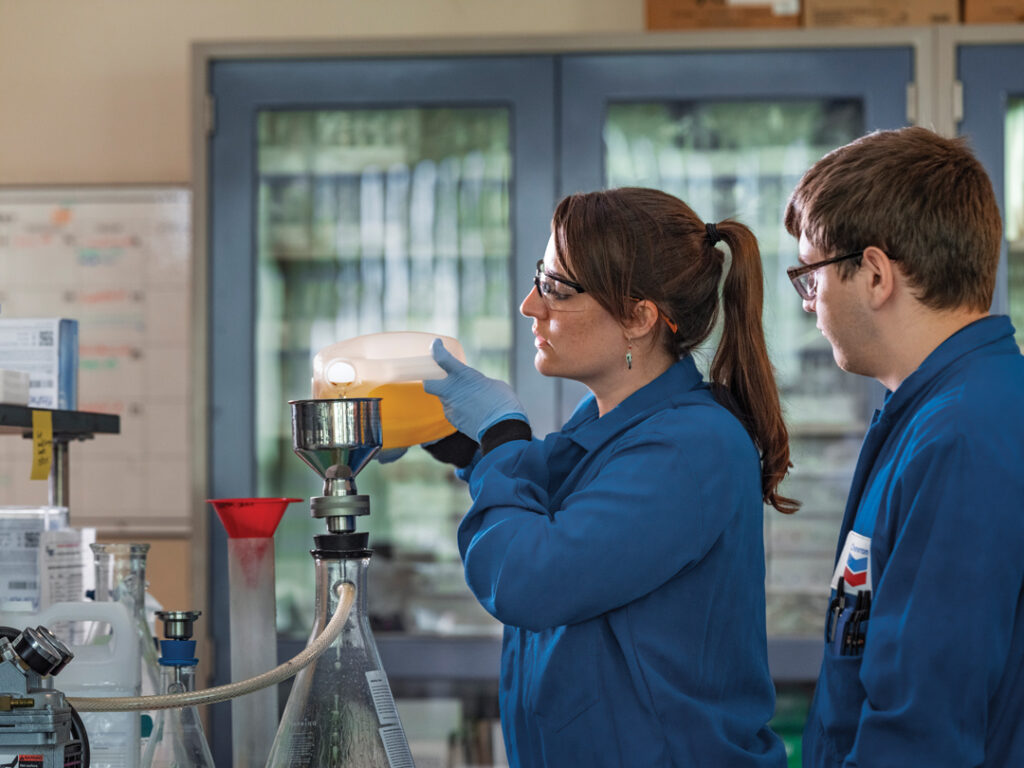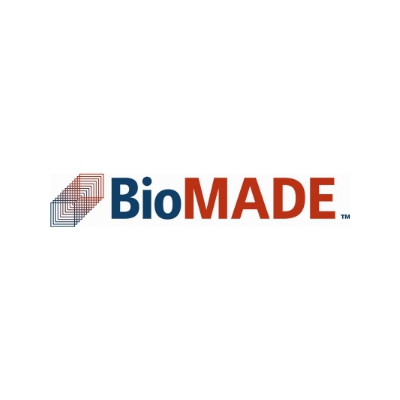University Research: 3-D prototyping makes it easy
Rapid prototyping via 3-D printing could save you time and money

Research overview:
Grimes-based Ryko Solutions was revamping the equipment that feeds chemicals into the car wash systems it sells, including a special funnel. The company wanted to find a quicker way to try prototypes. Iowa State University’s Center for Industrial Research and Service helped the firm get that done. The project was part of Ryko’s work to improve the rollover car wash systems it sells to convenience stores, car dealers and private businesses. In October, Ryko launched a new chemical management system. Instead of handling 5- to 15-gallon drums to refill chemicals, the new system has 2.5 gallon containers.
“Instead of having to move around something that’s 50 or 150 or 300 pounds, the operators can manage a jug that weighs 25 pounds,” said David Simpson, engineering manager at Ryko.
But the company needed a funnel with a mechanism to pierce foil seals.
The Method:
CIRAS project manager Chris Hill helped Ryko use “rapid prototyping services.” After hearing from Ryko, which sought both help considering possibilities for the product and in coming up with a plastic prototype, Hill and his team suggested changes in the design. Ryko shared an initial prototype with some customers, and the design was changed again. A final version was then shared with customers.
Making the prototype involves spraying plastic on a layer at a time, each the thickness of a sheet of paper, Hill said. CIRAS now is looking at ways to do metal prototypes.
Results:
Ryko saved three to six months in development time, and was taking orders at a trade show several months ahead of the original launch date. The new funnel is expected to have a $3 million annual economic impact, including $2 million in new sales in 2015. A second product that used the same approach, a cover so the funnel can be used where it will get wet, is expected to mean another $400,000 in business.
“We were able to use 3-D printing to create several design iterations on the receiver unit at full scale to evaluate and field test,” said Simpson. “What this then allowed us to do was settle on a final design before making the investment in the injection mold tooling. Ryko had never done this before, and through our working relationship with CIRAS, we found out they could be a resource to make this happen.”
“What I used the system to do is help Ryko understand what could or could not be done,” Hill added. “We provided a rapid iteration of the design with customer feedback.”
Ryko had a version in hand in time for the trade show that jump-started orders.
Conclusion:
Using 3D printing can save businesses money and time.
Hill said a lot of companies could benefit from the 3-D printing approach to check out prototypes more quickly and at less expense.
“What I see is additive manufacturing,” Hill said. “Companies hear about it, they read about it, they are excited about it. But they aren’t sure how they can apply it.”
“What we do is utilize the technology for educational purposes,” said Hill pointing out that ISU will not take on a project that would simply be competing with dozens of companies that do the work privately. The technical assistance and education must be up front.
Resources:
To learn more about CIRAS: http://www.ciras.iastate.edu/
Read more about this project: http://bit.ly/1JxOft3

